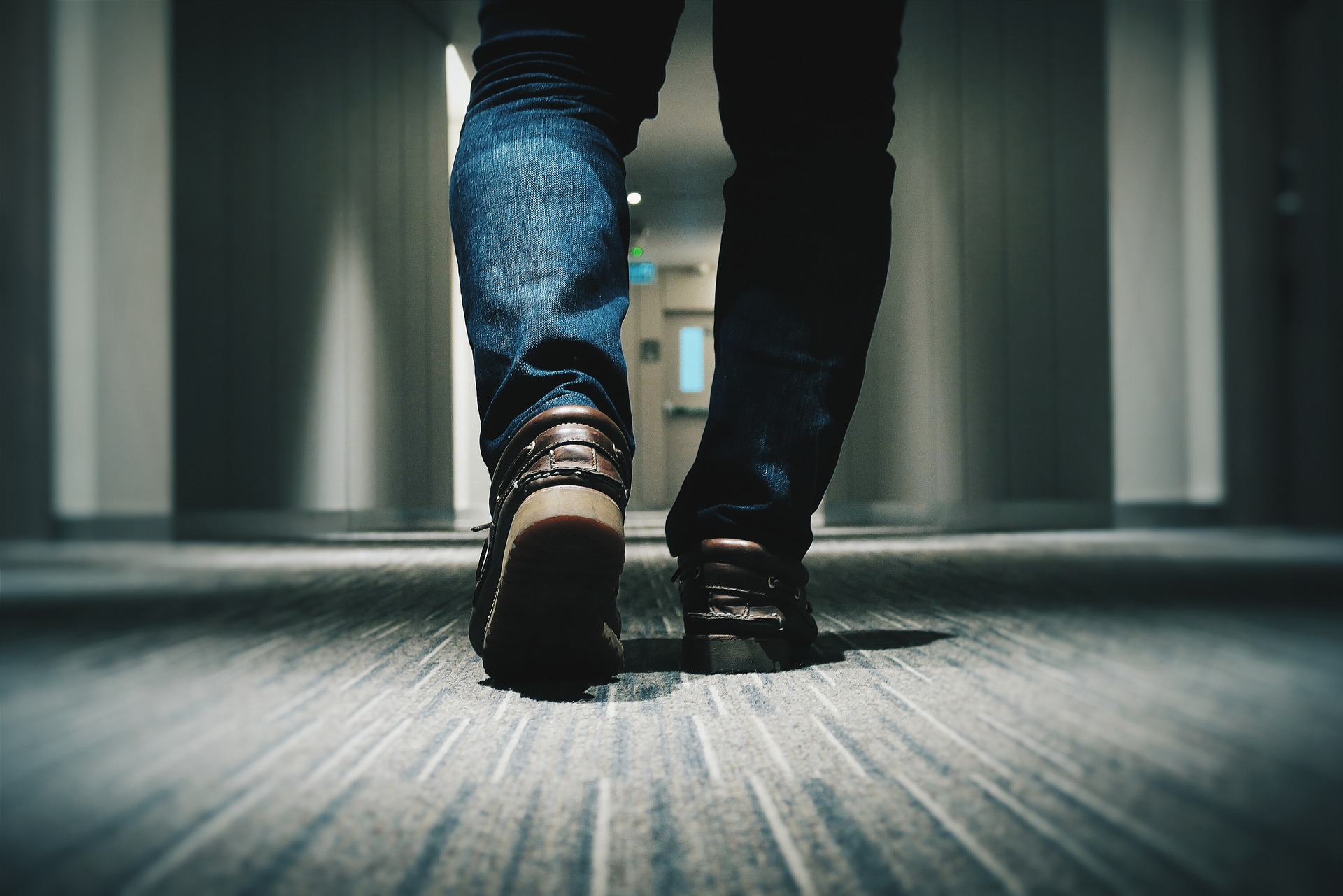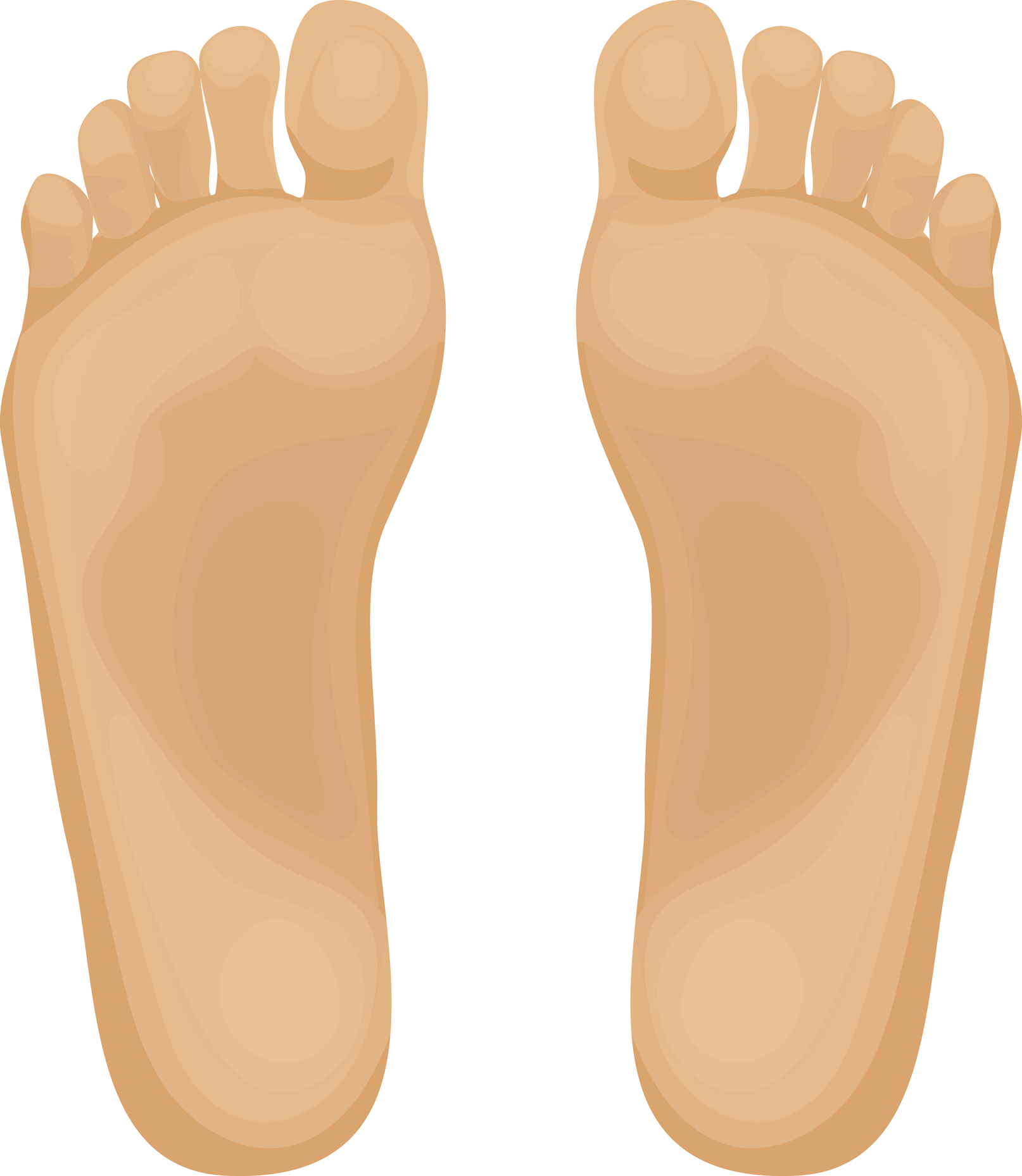GENERAL PODIATRY
BUNION
What is a Bunion?
A bunion (Hallux valgus) is a foot condition where the big toe becomes misaligned and starts to push against the 2nd toe. This results in the distinct bulge on the side of the foot that is referred to as the bunion.
Bunions are quite unpredictable in how they develop but can actually in some people start at a very young age (less than 10 years old).
Unfortunately, they usually get worse over time and therefore, the earlier the intervention by a podiatrist is started, the better.
While some people with bunions may never suffer with symptoms, most people, however, do experience some level of pain. In some instances, it can be severe and debilitating.
Why do I have Bunions?
There is almost always some hereditary basis for bunions.
You may possibly have inherited a faulty foot bone structure that makes you more prone to bunions.
Flat feet are also a culprit and younger patients may be diagnosed with bunions because of hyper-mobility.
Wearing very high heeled or very tight shoes will not directly cause bunions, however, it can exacerbate the problem and aggravate the symptoms. It is most likely for this reason that women seek treatment for bunions much more often than men.
INGROWN TOENAIL
Do I have an Ingrown Toenail?
Ingrown toenails are usually very painful, causing, redness, swelling and even in some cases, infection. When a toenail breaks or pierces the skin of the fleshy part of the toe, it becomes ingrown.
The causes for a toenail to become ingrown are many and varied but some of the most common reasons are:
direct injury to the toenail
cutting the toenail poorly or too short
wearing tight-fitting shoes and having overly sweaty feet.
NB: Due to the risk of infection with ingrown toenails, people with diabetes, poor circulation or a low immune function should consult a podiatrist immediately if an ingrown toenail is suspected.
WARTS
What is a Planter Wart?
A wart is an abnormal growth on your skin that is caused by a virus. They can occur just about anywhere on your foot, including around the toenails and the soles of your feet. A wart on the sole of your foot is called a Plantar Wart.
Not all warts are painful, however, those on the heel or ball of your foot can be extremely painful.
How do I get warts?
All warts result from a viral infection of the skin caused by direct skin contact. The virus, called Human Papillomavirus (HPV), enters the skin through a cut or small abrasion. The cut may be so small in fact, that you cannot see it.
Plantar warts are often contracted in public places where people walk around without shoes like, pools, gyms, and nail salons where foot care services such as pedicures are performed.
Are warts contagious?
All warts, including plantar warts, are potentially contagious. They are spread by direct contact such as by touching or picking. A bleeding wart is especially contagious.
How can I be sure I have a wart?
It can be difficult to distinguish a wart from other types of skin lesions such as calluses and corns. Warts usually have a different texture and colour than the surrounding skin, however, it often takes a trained eye to tell the difference.
NB: It is extremely important not to misdiagnose warts, as some serious skin cancers can look quite similar to warts.
What treatments are successful?
If left untreated, plantar warts can grow quite large or even spread to other parts of the foot.
Self-treatment using over-the-counter acid preparations or freezing solutions is discouraged because they are usually not strong enough to destroy the wart and this can extend or complicate future treatment.
But the main reasons for not self-treating are as explained previously above: It is extremely important not to misdiagnose warts, as some serious skin cancers can look quite similar to warts. Also, these over-the-counter products should be avoided by anyone with diabetes or circulatory problems.
If you suspect a wart, contact City & Lakeside Podiatry to confirm a diagnosis and get professional treatment.
We use a variety of methods which may be a combination of:
shaving and application of a strong acid
surgical removal
or in some cases Laser
In severe cases, a series of treatments may be necessary to completely eradicate the wart or warts.
Make sure you have any suspicious lesion checked by a podiatrist or dermatologist. Plantar warts on the bottom of the foot are generally hard and flat, with a rough surface. They may have a cauliflower like pattern and often have tiny black pinpoints scattered throughout. Warts on the top of the foot are raised and more fleshy looking.
GAIT ANALYSIS
Your body is an incredibly sophisticated machine, but it can break down quite easily. Walking is the most fundamental thing we do after eating and breathing, and if our ability to walk is compromised, then so are we as a person. It is your feet that bridge you to the ground and direct all the forces that you use to move from one point to the next. These forces can be extreme – particularly in sporting activities, and therefore, the foot and ankle can become injured.
It is the study of the interplay of all these forces and movement patterns when we are active, that we call Biomechanics. For instance, if the function of your feet is not optimal, then your entire pattern of walking (your gait) will be affected.
Gait Analysis is a number of techniques used to evaluate the way we walk or run, to determine if any biomechanical irregularities exist. From this, we can determine the best way to correct or minimise these problems.
Who would benefit from Gait Analysis?
Children who show any abnormal angles of their legs and feet (For example, in-toeingor children with pain or a limp)
Athletes with persistent foot or leg injuries or who are looking to improve their efficiency
People with diabetes or loss of feeling in their feet
People with medical conditions that effect their balance
People who have had a joint replacement.
ORTHOSES (ORTHOTIC)
There is perhaps no more confusing area of podiatry treatment than that of foot orthoses. The amount of misinformation is extensive and armchair experts are everywhere. There is even disagreement amongst podiatrists and other prescribers as to what is best type of orthotic for certain conditions.
So what do we know?
In Podiatry an orthotic is a shoe insert that is intended to correct an abnormal or inefficient walking pattern. It does this by altering the angles that the foot and leg move through while the foot is in contact with the ground.
They can be classified in a number of ways, but broadly they fit into three categories:
Pre-fabricated (off-the-shelf)
Accommodative
Customised (functional)
1) An accommodative orthotic is designed to offload or shift pressure that may be overloading the skin on areas of the foot. For example on a callous, corn or a diabetic foot ulcer.
2) A custom orthoses is designed specifically for an individual to alter the loading patterns on tissues within the body. They are used to treat injuries, to reduce pain, improve efficiency and reduce the risk of re-injury. For example, adjusting the tension on the plantar fascia for someone with heel pain.
How do I know if I need Orthoses?
Podiatrists are in the business of treating injuries and disease. A great many foot and ankle problems result because the physical stress is greater than the bodies/tissues capacity to endure it. The result: injury, pain and the compensation of other body areas.
As a skilled podiatrisNeil will be able to diagnose your problem and plan the best treatment. In some cases this will involve making changes to how your feet and legs are moving (kinematics) by using orthoses.
Everybody has a unique set of characteristics about how they walk and move. Custom (functional) orthoses allow the podiatrist to control these characteristics with much greater precision. By capturing the individual’s foot shape with a cast or scanner, and then manipulating it to achieve changes. The podiatrist has three distinct variables they can manipulate:
What shape changes will be needed to effect a result
How hard or soft should they be
What type of cover do I use.
Will orthoses help with my problem?
Orthoses should never be seen as a panacea to cure all foot ills. Whilst they are an excellent treatment tool for many problems, they should rarely be used in isolation. Most problems require other changes or treatments, which can include: intervention therapy (shockwave therapy), foot exercises, different footwear, better patient understanding and self management and even surgery.
The following is a short list of conditions that may require orthotic therapy as part of their treatment:
Plantar fasciitis/ heel spur
Arthritis
Bunions
Tendinitis
Shin Splints
Stress Fracture
Ankle instability
Sever’s Disease – Childhood heel pain
Corns and calluses











